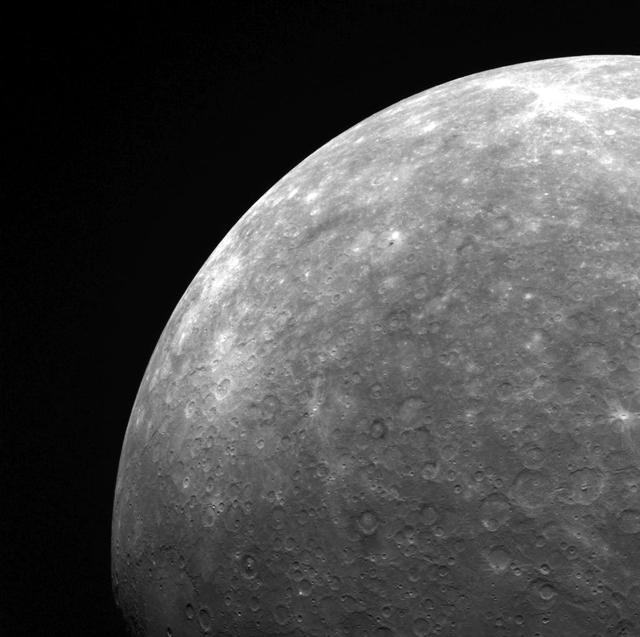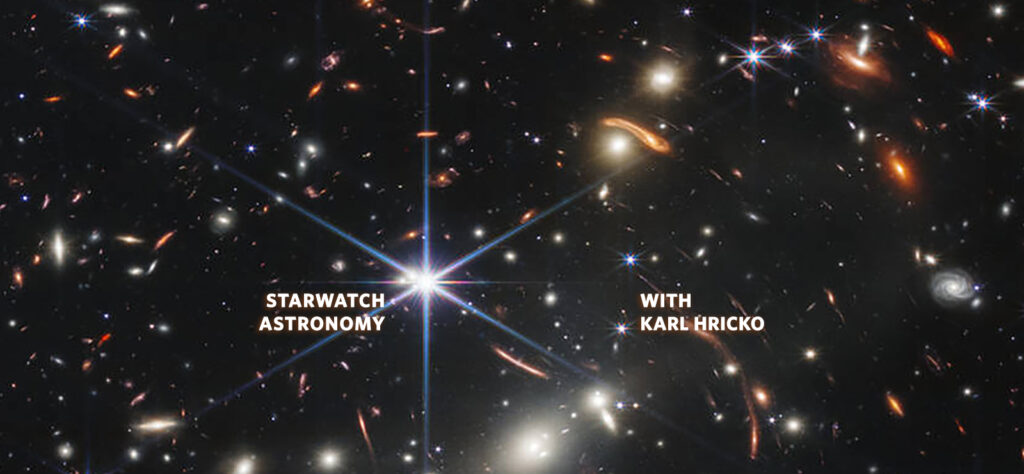Starwatch for July 2022
Written by Karl Hricko on July 11, 2022
Hello! I’m Karl Hricko of United Astronomy Clubs of NJ and National Space Society, bringing you the July 2022 Starwatch for WNTI.ORG.
In what constellation can we find the North Star? Some would say “In the Big Dipper”. It’s at the end of the handle in the Small Dipper. It’s also called Polaris because our North Pole axis is pointed at that star. Its official name is Alpha Ursae Minoris, and has not and will not always be out North Star. This is because the Earth is wobbling like a spinning top that is slowing down. As our planet wobbles, the axis points to different stars until it returns again to Alpha Ursae Minoris, tracing a complete circle over 26,000 years.
Polaris is a star that varies in brightness over a period of 4 days and is a combination of 3 stars, giving the illusion of being one star. It’s a supergiant yellow variable star, while the other 2 companions are white stars. It’s about 50th in brightness among the visible stars, and is 323 light years away.
To find the North Star, first locate Ursa Major or the Big Bear. This is easily seen as an unmistakable large Dipper shaped constellation. Using the 2 stars in the bowl of the Big Dipper as a pointer, project the pointer upward from the top of the bowl to the nearest visible star – the North Star.
To find all five of the visible planets this month, you would look to the right or east of Polaris at sunrise. From left to right you would see Mercury close to the horizon in Gemini, Venus brightly shining in Taurus, red Mars in Pisces, regal Jupiter in Leo, and ringed Saturn in Capricornus. So this month, try to find the North Star, and let your eyeballs be tickled by the celestial panorama of the visible planets.
Until our next Starwatch – Don’t forget to check out … What’s up in the night sky!



